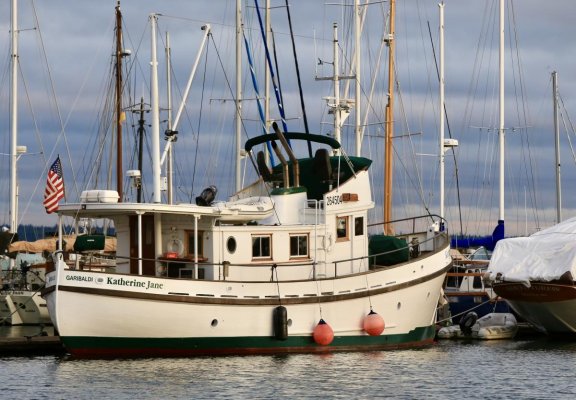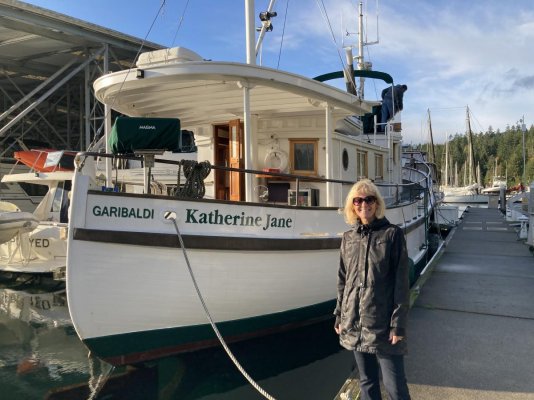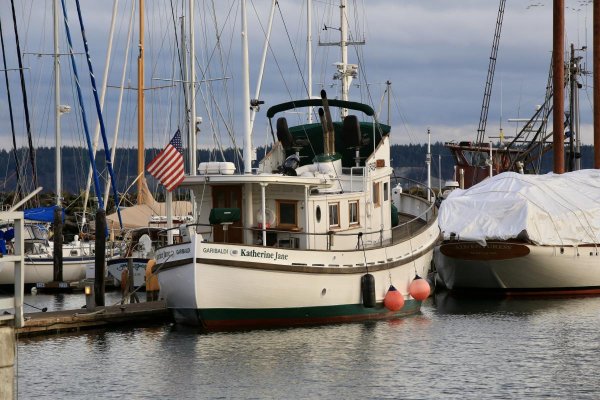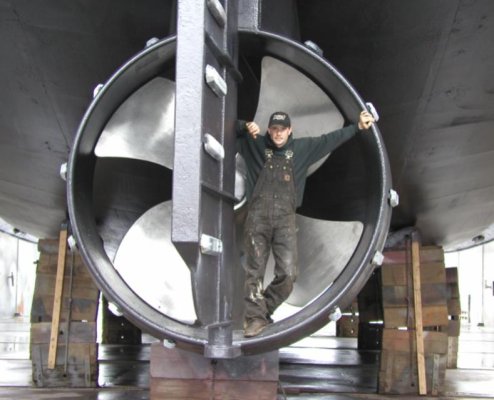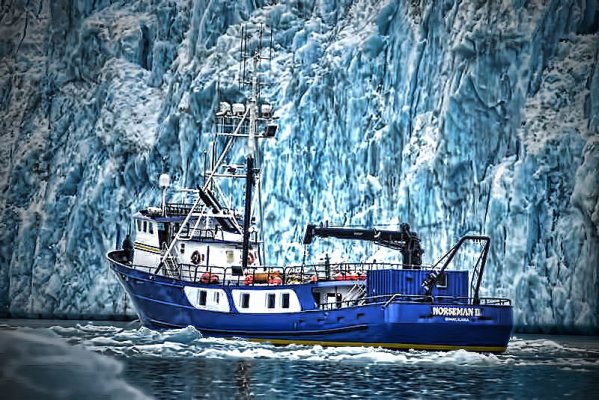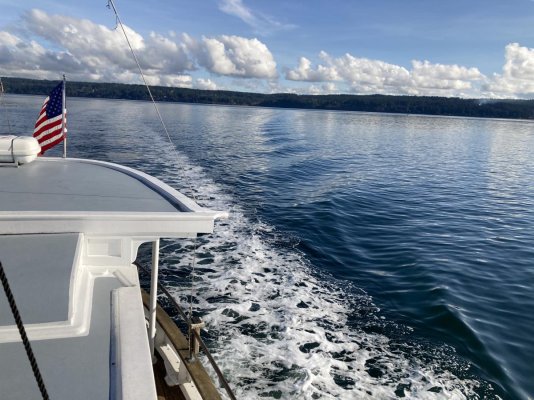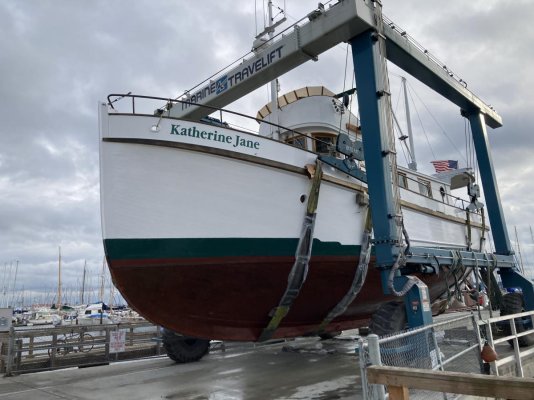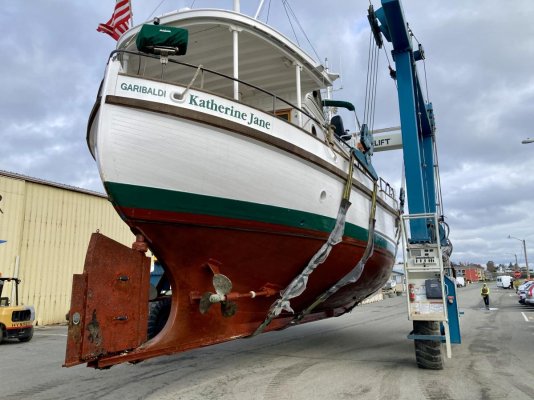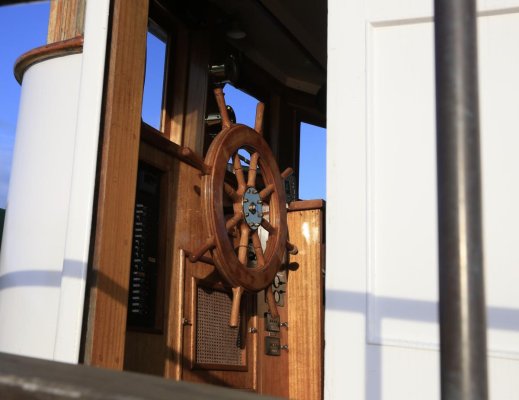rsn48
Guru
- Joined
- Feb 18, 2019
- Messages
- 2,019
- Location
- Canada
- Vessel Name
- Capricorn
- Vessel Make
- Mariner 30 - Sedan Cruiser 1969
I like the original name, of course a sailing "Beagle" took Charles Darwin around the world so the name has history, and your boat has history so I think Beagle is appropriate.
HMS Beagle
February 1817
Cost: £7,803
Laid down: June 1818
Launched: 11 May 1820
Commissioned: 1820
Decommissioned: 1845, transferred to Coastguard
Fate: Sold and broken up 1870
General characteristics
Class and type: Cherokee-class brig-sloop
Tons burthen: 235 bm; 242 for second voyage[1]
Length: 90.3 ft (27.5 m)
Beam: 24.5 ft (7.5 m)
Draught: 12.5 ft (3.8 m)
Sail plan: Brig (barque from 1825)
Complement: 120 as a ship-of-war, 65 plus 9 supernumeraries on second voyage
Armament: 10 guns, reduced to 6 guns for first survey voyage, changed to 7 guns during second survey voyage
HMS Beagle was a Cherokee-class 10-gun brig-sloop of the Royal Navy, one of more than 100 ships of this class. The vessel, constructed at a cost of £7,803 (£628,000 in today's currency), was launched on 11 May 1820 from the Woolwich Dockyard on the River Thames. Later reports say the ship took part in celebrations of the coronation of King George IV of the United Kingdom, passing through the old London Bridge, and was the first rigged man-of-war afloat upriver of the bridge.[2][3] There was no immediate need for Beagle so she "lay in ordinary", moored afloat but without masts or rigging. She was then adapted as a survey barque and took part in three survey expeditions.
The second voyage of HMS Beagle is notable for carrying the recently graduated naturalist Charles Darwin around the world. While the survey work was carried out, Darwin travelled and researched geology, natural history and ethnology onshore. He gained fame by publishing his diary journal, best known as The Voyage of the Beagle, and his findings played a pivotal role in the formation of his scientific theories on evolution and natural selection.[4][5]
HMS Beagle
February 1817
Cost: £7,803
Laid down: June 1818
Launched: 11 May 1820
Commissioned: 1820
Decommissioned: 1845, transferred to Coastguard
Fate: Sold and broken up 1870
General characteristics
Class and type: Cherokee-class brig-sloop
Tons burthen: 235 bm; 242 for second voyage[1]
Length: 90.3 ft (27.5 m)
Beam: 24.5 ft (7.5 m)
Draught: 12.5 ft (3.8 m)
Sail plan: Brig (barque from 1825)
Complement: 120 as a ship-of-war, 65 plus 9 supernumeraries on second voyage
Armament: 10 guns, reduced to 6 guns for first survey voyage, changed to 7 guns during second survey voyage
HMS Beagle was a Cherokee-class 10-gun brig-sloop of the Royal Navy, one of more than 100 ships of this class. The vessel, constructed at a cost of £7,803 (£628,000 in today's currency), was launched on 11 May 1820 from the Woolwich Dockyard on the River Thames. Later reports say the ship took part in celebrations of the coronation of King George IV of the United Kingdom, passing through the old London Bridge, and was the first rigged man-of-war afloat upriver of the bridge.[2][3] There was no immediate need for Beagle so she "lay in ordinary", moored afloat but without masts or rigging. She was then adapted as a survey barque and took part in three survey expeditions.
The second voyage of HMS Beagle is notable for carrying the recently graduated naturalist Charles Darwin around the world. While the survey work was carried out, Darwin travelled and researched geology, natural history and ethnology onshore. He gained fame by publishing his diary journal, best known as The Voyage of the Beagle, and his findings played a pivotal role in the formation of his scientific theories on evolution and natural selection.[4][5]


